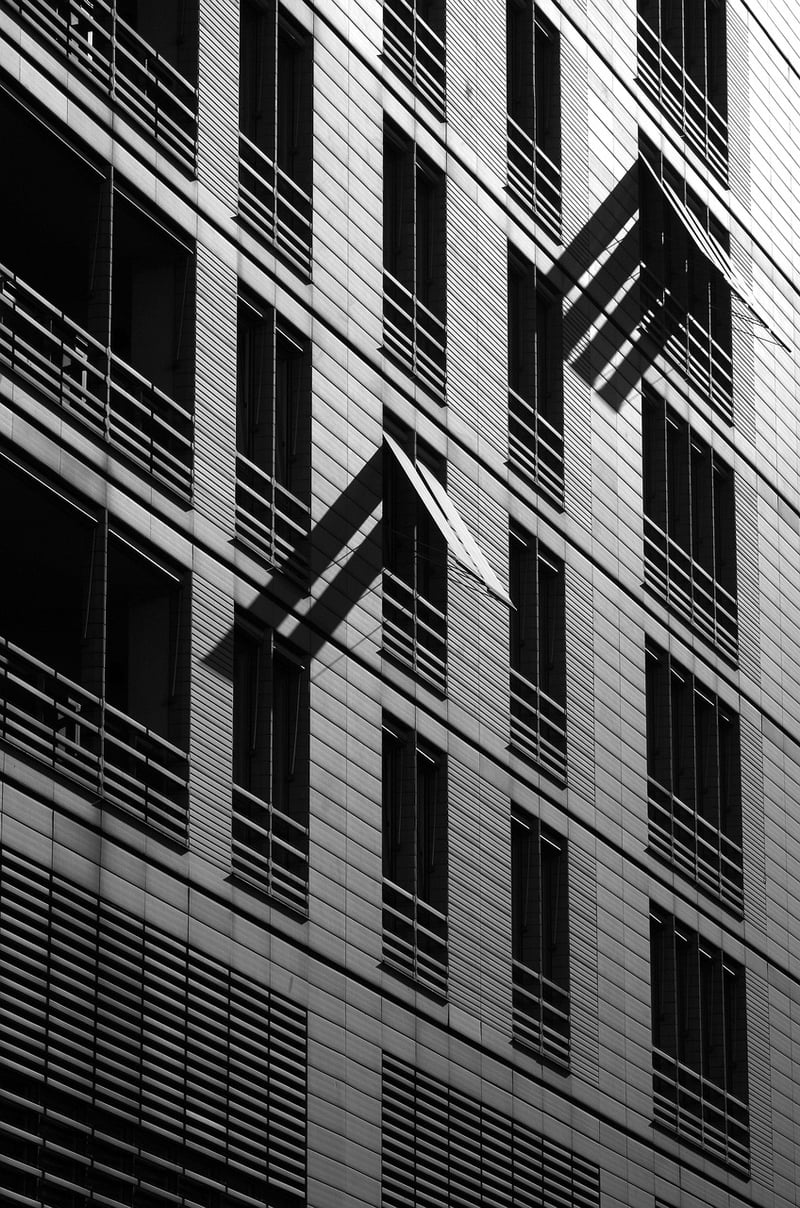Contemporary
Exploring Expressive Movement Forms in Contemporary Dance
Contemporary dance is a dynamic and expressive art form that blends elements of various styles to create unique movements that convey emotions, stories, and ideas. Within contemporary dance, artists often explore different expressive movement forms to push the boundaries of traditional techniques and create innovative performances. Let's delve into some of the expressive movement forms commonly seen in contemporary dance.
1. Improvisation
Improvisation plays a significant role in contemporary dance, allowing dancers to explore spontaneous movement, creativity, and self-expression. Dancers may respond to music, emotions, or cues from other performers, resulting in raw and authentic movements that reflect their inner thoughts and feelings.
2. Release Technique
The release technique focuses on letting go of tension in the body to achieve fluidity and freedom in movement. Dancers explore breath, weight, and momentum to create a sense of ease and openness in their gestures, often leading to organic and flowing choreography.
3. Floorwork
Floorwork involves movements performed on the floor, allowing dancers to connect with the earth and explore different levels in their choreography. By incorporating elements of acrobatics, transitions, and intricate patterns, dancers can create visually stunning and physically demanding sequences.
4. Contact Improvisation
Contact improvisation is a form of dance where two or more dancers engage in physical contact to explore weight-sharing, balance, and momentum. This collaborative and spontaneous approach to movement encourages trust, communication, and responsiveness between performers, resulting in intimate and interconnected performances.
5. Gesture and Expression
In contemporary dance, gestures and facial expressions play a crucial role in conveying emotions, narratives, and themes. Dancers use subtle movements, hand gestures, and facial expressions to communicate complex ideas and evoke powerful responses from the audience, adding depth and nuance to their performances.

Contemporary dance continues to evolve and challenge traditional notions of movement, inviting artists to experiment with new forms of expression and storytelling. By embracing these expressive movement forms, dancers can create captivating performances that resonate with audiences and push the boundaries of artistic exploration.
Whether you're a seasoned dancer or someone passionate about the arts, exploring the world of expressive movement forms in contemporary dance can be a rewarding and enriching experience. Step into the realm of creativity, emotion, and innovation, and let your body become a canvas for expression in the ever-evolving landscape of contemporary dance.
